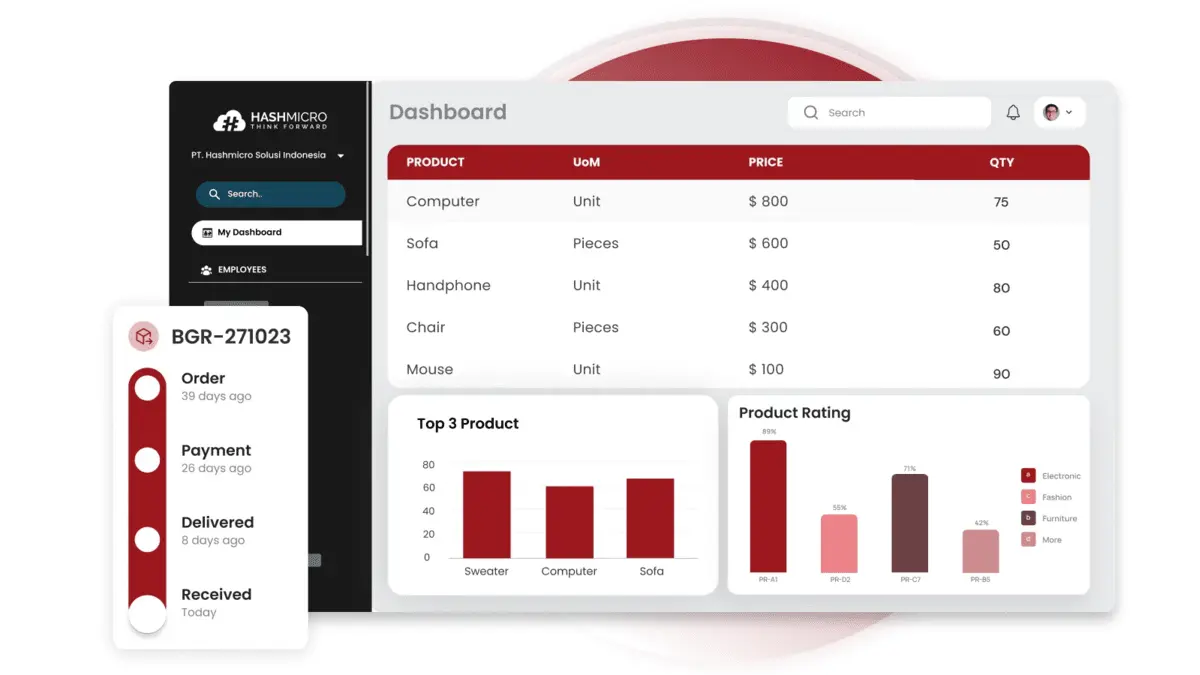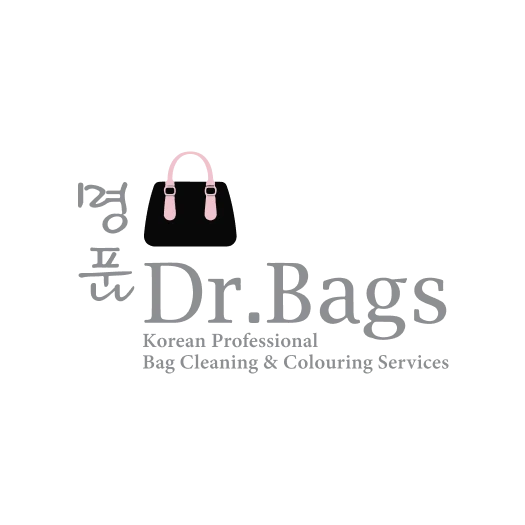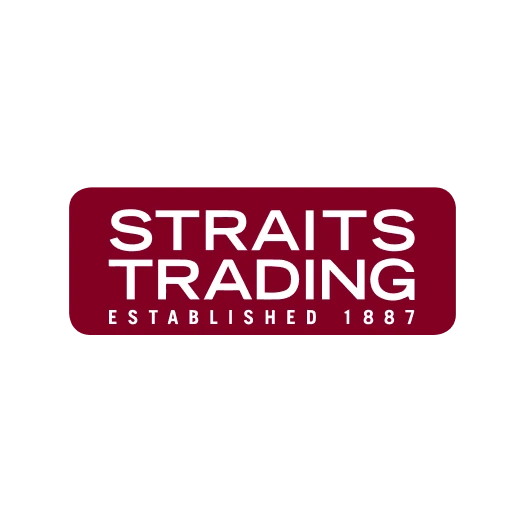A Bill of Quantities (BoQ) is a detailed document that lists all the work, materials, and labour needed for a construction project. Having an accurate BoQ is essential, as errors can lead to cost overruns, delays, or disputes between contractors and clients.
Studies show that construction projects in Southeast Asia often experience 10–25% cost overruns due to inaccurate measurements or incomplete BoQs. This highlights the importance of proper documentation in achieving project success.
To overcome these challenges, HashMicro Construction provides digital solutions for managing BoQs. The system offers real-time material calculations, automated cost tracking, and integration with procurement and inventory, ensuring your BoQs are precise, transparent, and easy to update.
In this article, we’ll explore what a BoQ is, its main benefits, common mistakes to avoid, and examples of how a well-prepared BoQ can streamline your construction project from start to finish.
Key Takeaways
|
What Is a Bill of Quantities (BoQ) in Construction?
A Bill of Quantities (BoQ) is a document that lists all materials, labor, and work needed for a construction project. It shows what is required and how much of each item is needed to plan costs and resources accurately.
BoQs serve as a detailed guide for contractors and clients, helping them estimate project costs, manage resources, and reduce misunderstandings. They typically include item descriptions, units of measurement, quantities, and unit rates.
By standardizing this information, BoQs make tendering more transparent and support better decision-making throughout the project lifecycle.
What are the Types of Bill of Quantities (BoQ)?
It’s essential to know that there are different types of BoQs used in construction projects, each designed to serve specific purposes and project stages. Choosing the right type ensures better cost planning, resource management, and tendering accuracy.
1. Preliminary BoQ
Prepared during the early design phase, this BoQ provides rough estimates of materials, labor, and work scope. While less detailed, it is essential for feasibility studies, budgeting, and initial project planning, as it helps stakeholders decide whether to proceed with the project.
2. Detailed BoQ
This is the most comprehensive type, listing every item of work, material, labor, and unit rate. It is primarily used for tendering, accurate cost estimation, and contract preparation, ensuring transparency and minimizing disputes between contractors and clients.
3. Elemental BoQ
Organizes the work according to building elements or systems, such as foundations, walls, roofing, or electrical installations. This format helps project managers analyze costs per element, identify resource allocation, and manage construction phases efficiently.
4. Unit Rate BoQ
Focuses on unit costs for each item of work, making it easier to handle variations, changes, or adjustments during the construction process. It allows contractors to quickly calculate totals if quantities change, ensuring flexibility in project budgeting.
A well-prepared BoQ offers multiple advantages for both clients and contractors in construction projects. Here are the main benefits:
1. Accurate cost estimation
BoQs provide detailed lists of materials, labor, and work items, which allow project stakeholders to estimate costs accurately. This minimizes the risk of budget overruns and unexpected expenses during the construction process.
2. Improved project planning
With a clear BoQ, contractors can plan resources, schedule rates, and manage workforce more efficiently. It ensures that materials and labor are allocated at the right time, reducing delays and bottlenecks.
3. Transparent tendering process
A standardized BoQ ensures that all contractors bid based on the same information, promoting fairness and transparency. This helps clients select the most competitive and suitable contractor.
4. Enhanced risk management
BoQs allow for better identification of potential cost and material risks. By analyzing quantities and rates beforehand, stakeholders can prepare for contingencies and avoid disputes later.
5. Efficient contract administration
BoQs provide a clear framework for tracking progress, managing payments, and handling variations. This simplifies contract management and ensures both parties agree on what is included in the project scope.
Bill of Quantities vs. Bill of Materials
A Bill of Quantities (BoQ) is a detailed list of all work, materials, and labor needed for a construction project. It focuses on quantities, descriptions, and unit rates, helping contractors and clients estimate costs, plan resources, and manage contracts effectively. BoQs are mainly used in construction, infrastructure, and renovation projects.
On the other hand, a Bill of Materials (BoM) lists raw materials, components, and assemblies required to manufacture a product. It is commonly used in manufacturing and production to track inventory, plan production, and calculate costs.
Unlike BoQs, BoMs focus on materials rather than labor or project-level budgeting, making them more suitable for product assembly and factory operations.
What Should Be Included in a Bill of Quantities?
To prepare an effective Bill of Quantities (BoQ), it’s essential to understand the key components that make it accurate and useful. Including the correct elements ensures proper cost estimation, clear communication, and smooth project execution.
- Item Description: Lists all work tasks and materials required for the project. Clear descriptions ensure contractors understand what needs to be done and what materials to use.
- Unit of Measurement: Specifies the standard unit for each item, such as square meters, cubic meters, or pieces. This ensures consistency in calculations and avoids confusion.
- Quantity: Indicates the amount of each item required. Accurate quantities help prevent cost overruns and material shortages during the project.
- Unit Rates / Prices: Includes the cost per unit of each item, allowing for precise calculation of the total cost for each work element.
- Notes or Specifications: Provides additional information such as quality standards, methods of execution, or special requirements. This ensures clarity and reduces the risk of disputes.
Step-by-Step Guide for Creating Bills of Quantities
Creating an accurate Bill of Quantities (BoQ) is essential for proper project planning and cost management. The following steps provide a clear process to prepare a comprehensive BoQ for construction projects:
1. Analyze project documents
Review architectural drawings, design plans, and specifications to fully understand the scope of work. This step ensures that all tasks and materials are identified before listing them in the BoQ.
2. List work items and materials
Identify all work tasks and materials required for the project. Each item should be clearly described so contractors and stakeholders know precisely what is included.
3. Assign units of measurement
Determine the unit for each item, such as square meters for walls or cubic meters for concrete. Consistent units help avoid calculation errors and make the BoQ easier to interpret.
4. Calculate quantities
Measure the quantity needed for each item based on project drawings and specifications. Accurate quantities prevent material shortages and reduce the risk of cost overruns.
5. Determine unit rates / prices
Set the cost per unit for each item, based on market rates, supplier quotes, or historical data. Multiply the quantity by the unit rate to get the total cost for each work item.
6. Compile and review the BoQ
Organize the BoQ into sections (e.g., foundation, walls, roofing, electrical, finishing) and include any notes or specifications for quality standards or special requirements. Review thoroughly to ensure accuracy before using it for tendering or budgeting.
How HashMicro Construction Management System Simplifies BoQ Preparation
Managing a construction project becomes much easier with the right digital tools. HashMicro Construction Management System helps streamline every step of BoQ creation from material estimation to cost tracking, ensuring accuracy and efficiency throughout your project.
With automated features such as real-time material calculation, cost forecasting, and integration with procurement and inventory, HashMicro enables project managers to generate detailed BoQs in less time and with fewer errors.
Key Features of HashMicro Construction Management Software:
- Budget S-curve Management: Allows users to create S-curve charts for budgets, comparing planned versus actual spending to monitor financial performance early.
- Planned vs. Actual Project Cost (S-curve): Utilizes S-curve visualization to track discrepancies between projected and actual project costs, facilitating the identification of overruns or savings.
- Planned vs. Actual Project Progress (S-curve): Displays planned versus actual progress using S-curves, supporting performance monitoring, and ensuring projects stay on schedule.
- Project Cost Tracking: Optimizes resources and manages costs by comparing actual expenses against the project budget with S-curve insights.
- Detailed Budgeting for Construction: Enables comprehensive financial planning for materials, assets, petty cash, overheads, and subcontractors to ensure precise budgeting.
- Budget Carry-over: Transfers unused budget to the next period, allowing efficient fund allocation and preventing waste.
Conclusion
A Bill of Quantities (BoQ) is a detailed document that lists all work, materials, and labour required for a construction project. It defines what needs to be done and how much of each item is needed, serving as a crucial tool for planning, budgeting, and tendering.
The importance of a BoQ lies in its ability to ensure accurate cost estimation, improve project planning, and reduce disputes between clients and contractors. By clearly outlining quantities, unit rates, and specifications, it supports transparency and efficient resource management throughout the project lifecycle.
HashMicro Construction Management System streamlines BoQ management with real-time material calculations, S-curve budgeting, and cost tracking, enabling projects to stay on schedule and within budget.
Take control of your construction projects today. Book a free demo with HashMicro and see how automated BoQ management can enhance efficiency and accuracy for your team.
FAQ About Bill of Quantities (BoQ)
-
What is the difference between BoQ and BOM?
A BoM is primarily utilized for inventory management, procurement, and production processes, whereas a BoQ supports project bidding, budgeting, and cost oversight. In terms of timing, a BoM is typically developed later during the detailed design phase, while a BoQ is usually prepared in the pre-construction stage.
-
What is the purpose of a BoQ?
A Bill of Quantities (BoQ or BQ) is a document created by a quantity surveyor or cost consultant that outlines the types and amounts of work the main contractor must complete to finish a construction project.
-
How to calculate bill of quantity?
Unit rates can differ based on the project’s scale, location, and complexity. After assigning the rates, determine the total cost for each item by multiplying the quantity by its unit rate.




